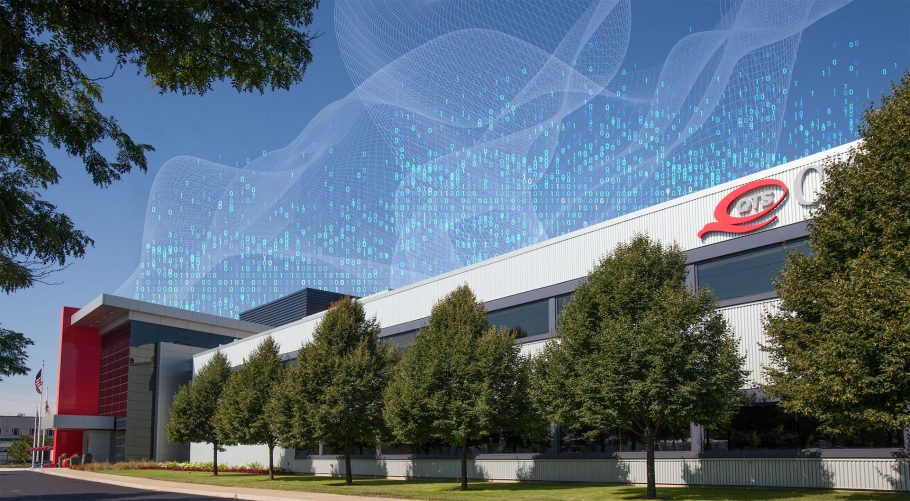In late 1999, at the height of the dotcom boom, the data center landscape was significantly different than it is today. None of today’s providers existed in any significant form – in fact, colocation services were just starting to become available to customers. The ever-increasing demand for internet-enabled services driven at the time by e-commerce caused enterprises to go their own way, building on-premise data centers based on the promise of monetizing services on the Internet. Many, if not all, did this without even fully understanding what their business model would entail to monetize services on the Internet – however, this didn’t stop their insatiable drive to be the first to build their data centers and begin going down the path of monetizing the future. Finally, much of this was done without an understanding of the investment in real dollars they were about to make.
Encouraged by analysts covering this space, a boom triggered as many as 8 million data centers to be built around the globe. Some of these spaces were not much more than a room in an office building, with slightly more reliable power and cooling (which would prove to be inadequate over time). Other spaces were, as we would view them today, a less-than-sufficient enterprise data center. Just as e-commerce-driven ventures seemed unstoppable, so did the spends on building data centers, spends that would eventually prove to be lacking in thorough due diligence. Organizations even tried to make the buildings their redundancy and DR play by looking for the ultimate in redundancy, seeing 2N+ designs and buildings able to sustain direct hits by weather or even electromagnetic pulses.
Twenty years ago, we rented movies by driving to the strip mall to pick up a DVD or, if we were cutting-edge users, received our DVDs in the mail. We hailed our taxis on the side of the street, or pre-arranged a time and crossed our fingers that our ride would indeed show up on time, if at all. Without an app or a smartphone to track our drivers’ progress, we were left with the uncomfortable feeling of not knowing if we were going to make it on time to our 6AM flight.
Fast forward 20 years to today, and every aspect of our life depends on how we interface with software and the delivery of digital services. Those 8 million (or so) data centers, that were built during the heyday of the boom, now face consolidation, as the cost to upgrade them and modernize their systems can be replaced by operators whose core business is to build data centers at a fraction of the cost, with better automation, reliability and control. By relying on the emergence of the data center industry, enterprises are left with more money to invest in their core products and infrastructure, which ultimately allow them to grow their business and create a better customer experience. As an enterprise, should you build new critical infrastructure or move to a data center provider? More often than not, a data center provider, with ample colocation centers, interfaces to multiple clouds and networks and makes significant investments into getting those data centers to operate and feel as your own through visibility, security and scale. This is soon becoming the overwhelming answer to the riddle. Finally, it goes without saying that this is being done at a significant cost reduction to the enterprise, as it doesn’t have to bear the cost of the entire platform or R&D.

Just as our lives have been transformed by software, the data center is the next area for disruption. Delivering digital services from an analogue platform is not the experience modern data center consumers are expecting or enjoy. Digitization of the data center starts by acquiring the tremendously rich set of data produced in day-to-day operations, from power usage and sensor readings to physical security monitoring. Collecting and organizing this data provides a foundation to the data centers to offer digital services and make this information available to enterprises. Billions of collected data points allow customers to buy more services, collaborate with the providers in new ways, and see how their services are performing in real-time. Furthermore, the tools being developed are far more sophisticated and reliable than those developed by in-house IT shops 20 years ago, and are at a fraction of their cost and time.

